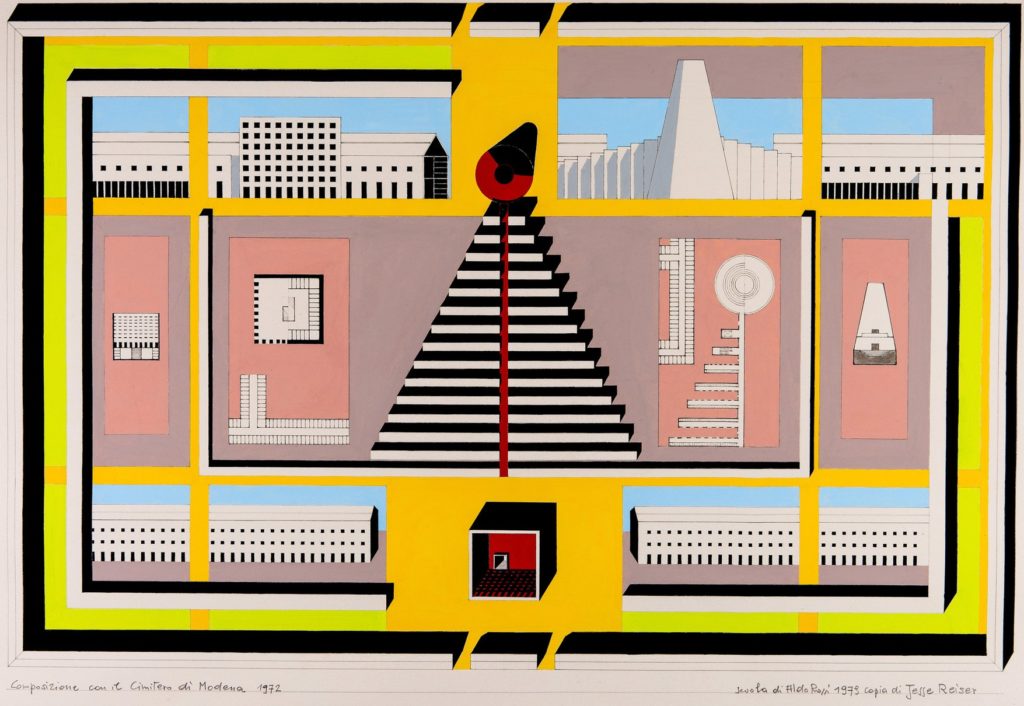Aldo Rossi: Architecture and the City (1982)

The architectural drawing, formerly thought of exclusively as a form of representation, now becomes the locus of another reality. It is not only the site of illusion, as it has been traditionally, but also a real place of the suspended time of both life and death. Its reality is neither forward time — progress — nor past time — nostalgia, for by being an autonomous object it eludes both the progressive and regressive forces of historicism. In this way it, and not its built representation, becomes architecture: the locus of a collective idea of death and, through its autonomous invention, of a new metaphysic of life in which death is no longer a finality but only a transitional state.
‘Introduction’ to Aldo Rossi, Architecture and the City, 1982

– Aldo Rossi